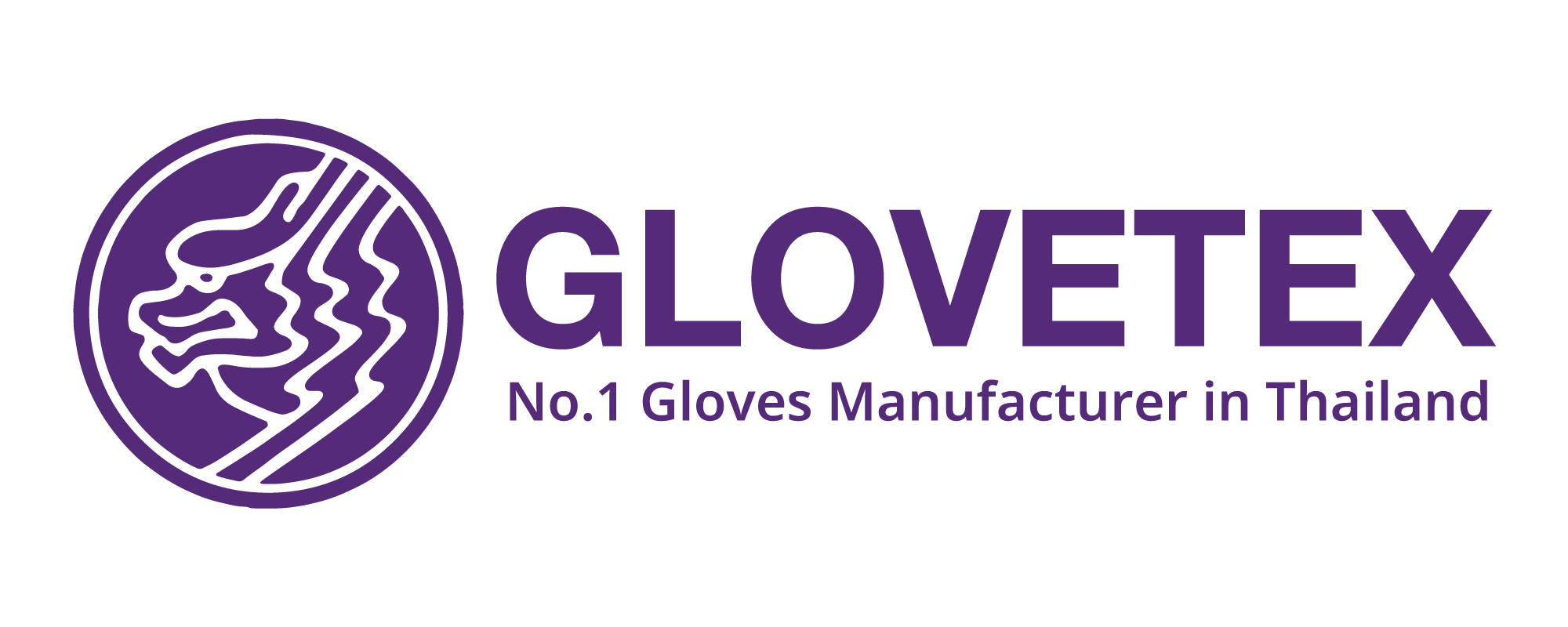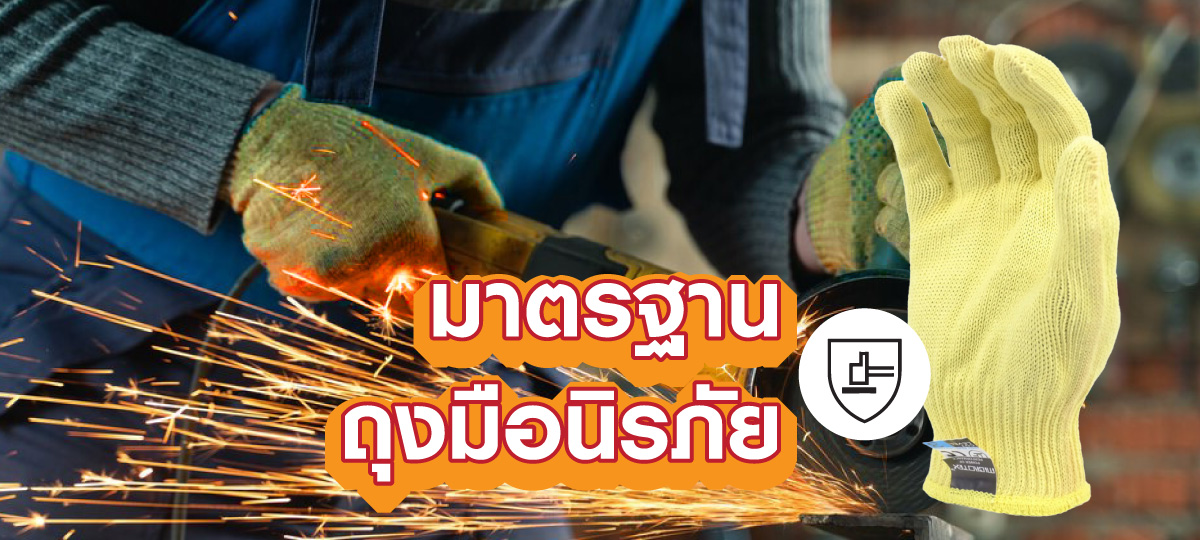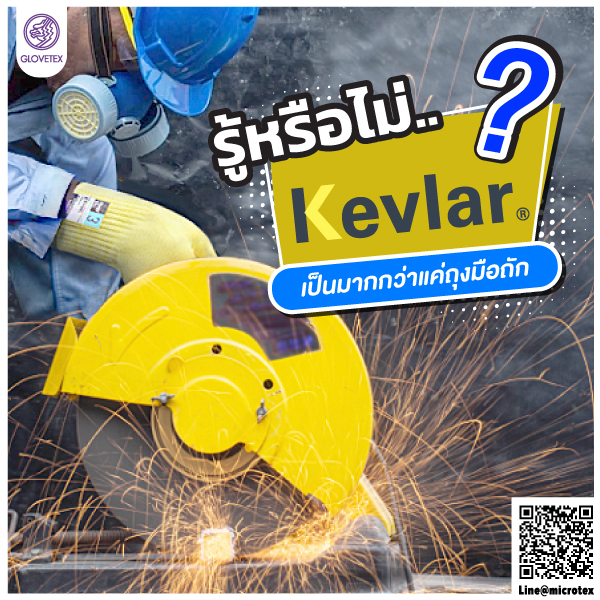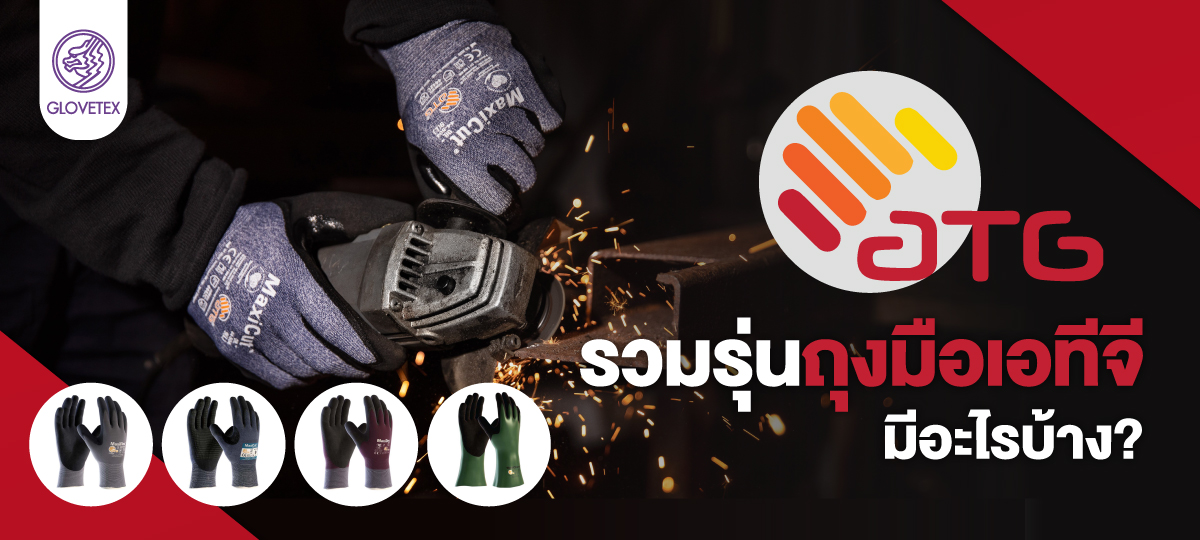12 Standards and Symbols to Know for Safety Gloves

[vc_row equal_height=”yes” content_placement=”middle”][vc_column width=”2/3″ css=”.vc_custom_1649398906073{border-top-width: 15px !important;border-right-width: 15px !important;border-bottom-width: 15px !important;border-left-width: 15px !important;padding-top: 150px !important;padding-bottom: 150px !important;background-image: url(https://glovetex.com/wp-content/uploads/2022/04/800×360.jpg?id=5156) !important;background-position: center !important;background-repeat: no-repeat !important;background-size: cover !important;border-left-color: #ffffff !important;border-left-style: solid !important;border-right-color: #ffffff !important;border-right-style: solid !important;border-top-color: #ffffff !important;border-top-style: solid !important;border-bottom-color: #ffffff !important;border-bottom-style: solid !important;}”][/vc_column][vc_column width=”1/3″ css=”.vc_custom_1618587353573{border-top-width: 15px !important;border-right-width: 15px !important;border-bottom-width: 15px !important;border-left-width: 15px !important;padding-top: 30px !important;padding-right: 30px !important;padding-bottom: 30px !important;padding-left: 30px !important;background-color: #f2f2f2 !important;border-left-color: #ffffff !important;border-left-style: solid !important;border-right-color: #ffffff !important;border-right-style: solid !important;border-top-color: #ffffff !important;border-top-style: solid !important;border-bottom-color: #ffffff !important;border-bottom-style: solid !important;}”][vc_column_text]
[/vc_column_text][/vc_column][/vc_row][vc_row css=”.vc_custom_1618492982393{margin-top: 30px !important;}”][vc_column width=”2/3″][vc_column_text]
Types of Standards for Industrial Gloves
When selecting gloves for work, it is essential to choose ones that meet recognized standards to ensure safety during use. The globally accepted standards are as follows:
- EN374: Gloves for protection against chemicals and small particles
- EN388: Gloves for protection against mechanical hazards
- EN407: Gloves for protection against high temperatures
- EN381: Gloves for protection against hand saws
- EN511: Gloves for protection against cold
- EN659: Gloves for protection against firefighting hazards
- EN421: Gloves for protection against radiation, ionizing radiation, and radioactive contamination
- EN60903: Gloves for protection against electrical hazards
- EN1082: Gloves for protection against sharp objects, such as knives
- EN420: General-purpose gloves
- EN455: Gloves for medical use
[/vc_column_text][/vc_column][vc_column width=”1/3″][porto_image_frame image_id=”5163″][/porto_image_frame][/vc_column][/vc_row][vc_row css=”.vc_custom_1649400178542{margin-top: 0px !important;margin-bottom: -30px !important;}”][vc_column][vc_column_text]
Generally, industrial gloves must meet key standards, namely EN388, EN407, and EN511. Glovetex has summarized these standards for easy understanding as follows:
[/vc_column_text][/vc_column][/vc_row][vc_row css=”.vc_custom_1649400460952{margin-top: 30px !important;margin-bottom: -30px !important;}”][vc_column][porto_image_frame image_id=”5161″][/porto_image_frame][/vc_column][/vc_row][vc_row css=”.vc_custom_1618492982393{margin-top: 30px !important;}”][vc_column][vc_column_text]
EN388 Standard
This standard indicates the physical and mechanical properties of gloves, specifying their resistance to various types of use. It is represented by a 4-digit code, where each digit represents a different aspect of resistance:
- Abrasion Resistance: Based on the number of cycles the glove can withstand abrasion.
- Cut Resistance: Based on the number of cycles required to cut through the glove sample at a constant speed.
- Tear Resistance: Based on the force needed to tear the sample.
- Puncture Resistance: Based on the force required to puncture the sample with a single pointed object.
[/vc_column_text][/vc_column][/vc_row][vc_row css=”.vc_custom_1649400480732{margin-top: 30px !important;margin-bottom: -30px !important;}”][vc_column][porto_image_frame image_id=”5162″][/porto_image_frame][/vc_column][/vc_row][vc_row css=”.vc_custom_1618492982393{margin-top: 30px !important;}”][vc_column][vc_column_text]
EN407 Standard
This standard specifies the heat resistance properties of gloves in various conditions, represented by a 6-digit code, where each digit indicates a different aspect of resistance:
- Resistance to Flammability – (Performance Level 0 – 4)
Based on the time the glove material takes to burn and spread after the ignition source is removed, while ensuring that the seams do not come apart after 15 seconds of exposure. - Contact Heat Resistance – (Performance Level 0 – 4)
Based on the temperature range (100-500°C) for which the user will not feel pain for at least 15 seconds. If the glove achieves a level 3 or higher in this test, it is considered to have at least a level 3 rating for flame resistance. If not, the highest level achievable is 2. - Convective Heat Resistance – (Performance Level 0 – 4)
Based on the time the glove can delay the transfer of heat from flames. This performance level is applicable only if the glove achieves level 3 or 4 in the flammability test. - Radiant Heat Resistance – (Performance Level 0 – 4)
Based on the time the glove can delay the transfer of heat from radiant heat. This performance level is applicable only if the glove achieves level 3 or 4 in the flammability test. - Resistance to Small Splashes of Molten Metal – (Performance Level 0 – 4)
The amount of molten metal that can drip onto the glove before the sample becomes hot enough to determine the level. This performance level is applicable only if the glove achieves level 3 or 4 in the flammability test. - Resistance to Large Splashes of Molten Metal – (Performance Level 0 – 4)
The weight of molten metal required to create a hole in the glove sample. The test is considered failed if the metal adheres to the glove or causes it to catch fire.
[/vc_column_text][/vc_column][/vc_row][vc_row css=”.vc_custom_1649400488596{margin-top: 30px !important;margin-bottom: -30px !important;}”][vc_column][porto_image_frame image_id=”5159″][/porto_image_frame][/vc_column][/vc_row][vc_row css=”.vc_custom_1618492982393{margin-top: 30px !important;}”][vc_column][vc_column_text]
EN511 Standard
This standard specifies the cold resistance properties of gloves at temperatures down to -50°C, represented by a 3-digit code, where each digit indicates a different aspect of resistance:
- Resistance to Convective Cold – (Performance Level 0 – 4)
Based on the glove’s insulation properties as measured by the delay time in transferring cold. - Resistance to Contact Cold – (Performance Level 0 – 4)
Based on the glove’s insulation properties against direct contact with cold. - Permeability by Water – (Performance Level 0 – 1)
0 = Water penetrates after 30 minutes in cold conditions; 1 = No water penetration.
[/vc_column_text][/vc_column][/vc_row][vc_row css=”.vc_custom_1618492982393{margin-top: 30px !important;}”][vc_column][vc_column_text]
ขอบคุณข้อมูล :
-
Thai-Safetywiki
-
Safety Thai
-
veriSAFE
[/vc_column_text][/vc_column][/vc_row]






